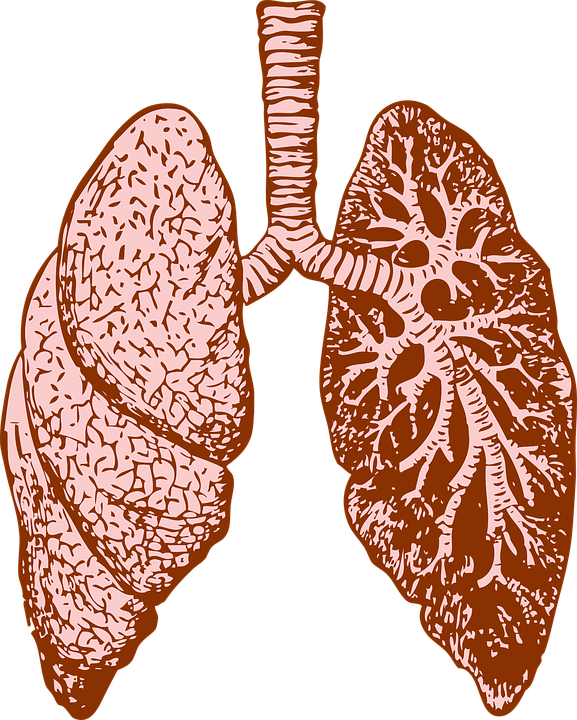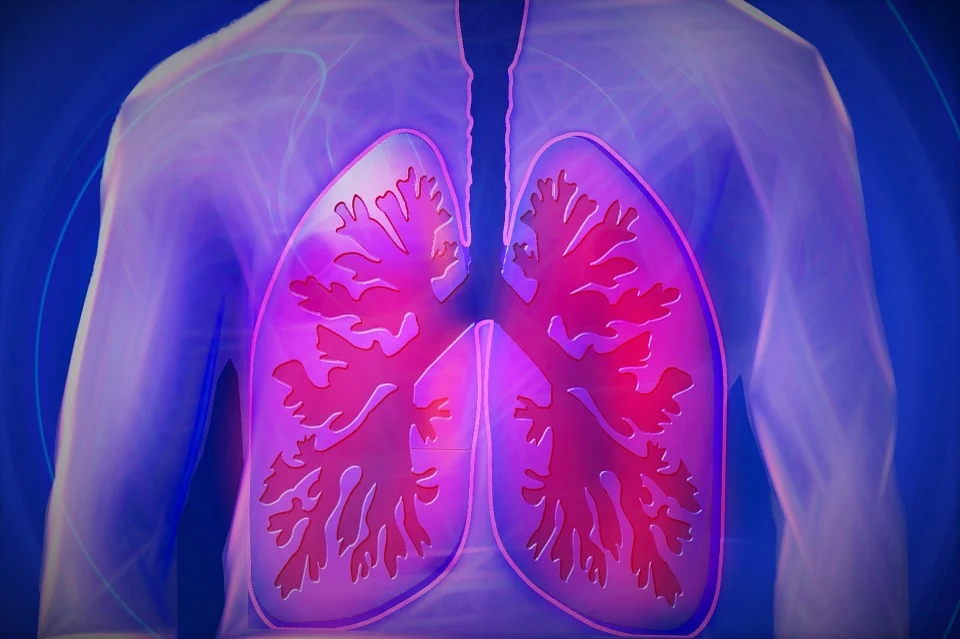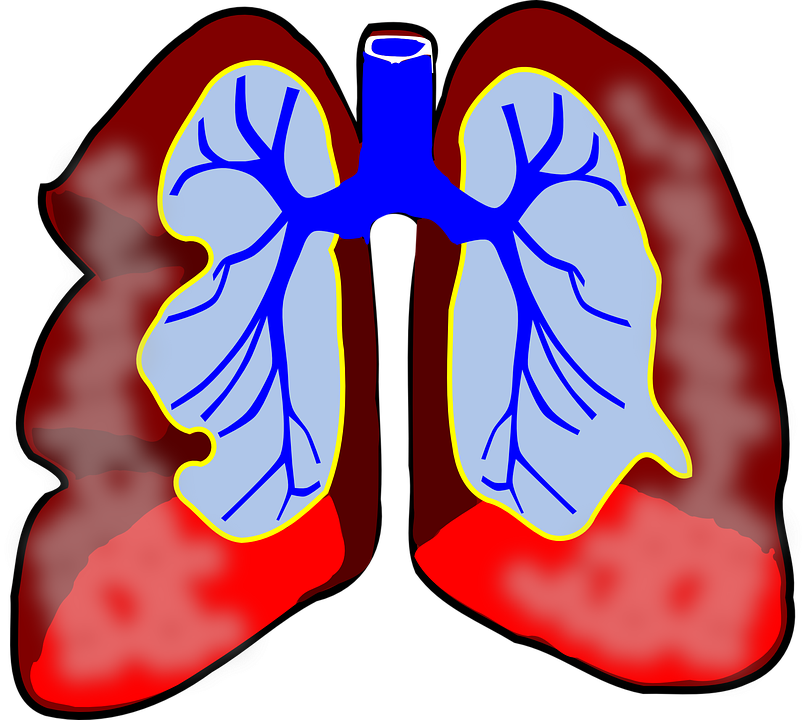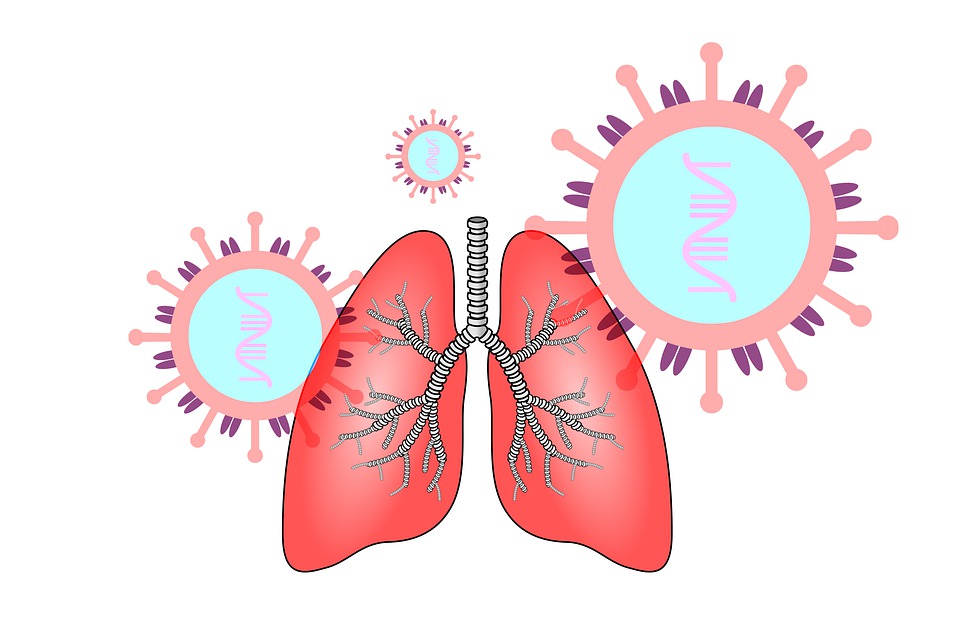Summary
– Not one but many lung infections
– Lung infection: symptoms and who is at risk
– Treatments for a lung infection
“Lung infection” encompasses many conditions, from the most common to the most serious. Viruses, bacteria, or inhalation of particles, a lung infection can take different forms and must be given full attention because it affects one of our vital organs.
Let’s look at the causes, symptoms, and treatments of these ailments that affect our lungs.
Not one but many lung infections

Under the term “lung infection,” we find several diseases affecting the airways, generally breaking down as follows
– tracheitis: when the trachea is affected;
– bronchitis or bronchiolitis: the bronchi or bronchioles are affected;
– pneumonia: productive cough, crackling rales, chest pain;
– pneumopathy: legionella, mycoplasma, pneumococcal, bacterial or viral, inhalation, etc. ;
– Lung abscess: when a particular area of the lung is affected;
– tuberculosis.
In general, lung infection refers to any condition caused by viruses or germs that affect any lung part.
Lung infection: symptoms and who is at risk

Symptoms differ depending on the germ that causes the infection, the type of lung infection, and the infection stage. They also vary depending on who is affected.
However, the most common symptoms are:
– Coughing;
– Sputum;
– Fever;
– discomfort or pain in the chest
– Sputum (clear or purulent)
People most vulnerable to a lung infection are:
– the elderly;
– Very young children;
– premature infants;
– Pregnant women (a study shows that in utero exposure to smoking by the mother multiplies the risk of respiratory problems in the child by 2.6);
– people suffering from a chronic bronchopulmonary pathology (asthma, cystic fibrosis, bronchial dilatation, emphysema, COPD: chronic obstructive pulmonary disease);
– people who are immunocompromised by a treatment (chemotherapy or HIV);
– people with other comorbidities such as renal insufficiency, diabetes, etc.
The more critical the symptoms are, the more advanced the stage of the infection is. Keep a close eye on your fever, sputum, and breathing difficulties, and don’t wait to see a doctor if your symptoms increase.
Treatments for a lung infection

When symptoms of a bronchopulmonary infection appear, various tests are performed, such as
– A blood test to detect an increase in white blood cells.
– Blood samples may also reveal circulating germs in the blood (positive blood cultures).
– A chest x-ray may show indirect signs of infection.
When a pulmonary infection is detected, antibiotic therapy is almost always started.
In the case of a viral infection, antibiotics will, of course, not be prescribed as they are of no use. Antibiotics can sometimes be added to:
– cough suppressants (for a dry cough);
– fluidifiers and expectorants;
– cortisone when the inflammatory phases obstruct the passage of air;
– bronchodilators for bronchial spasms.
But the main treatment for more severe infections such as lung abscesses or bacterial pneumopathy is antibiotic therapy. Therefore, it is imperative to be rigorous about taking the medication: interrupting antibiotic treatment can lead to a recurrence of the infection and the appearance of resistant strains.
Consult your doctor in all cases and the appearance of symptoms such as cough sputum associated with chest pain. In case of pronounced respiratory discomfort presenting a vital risk, call 911 immediately.
Read more:
– 4 Steps for Treating an Abscess;
– Your Immune System: The Warrior Inside;
– You Immunology: The Key to Good Health;
– What is Feline coronavirus (FcoV)?;


